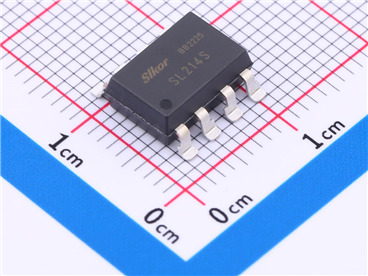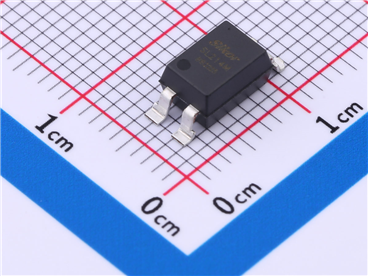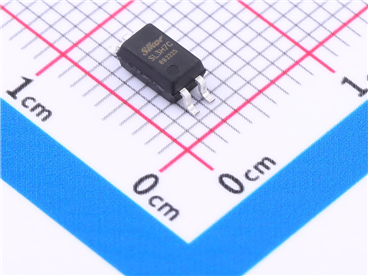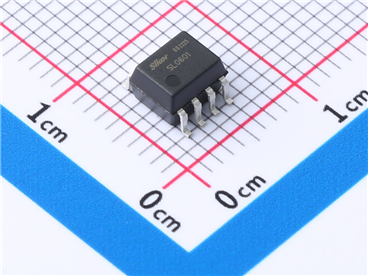Service hotline
+86 0755-83044319
release time:2025-04-24Author source:SlkorBrowse:864
On April 23, Tesla released its first-quarter 2025 financial results. The report showed that Tesla’s revenue for the quarter was 19.335 billion, down 919.335 billion, down 9409 million, a 71% decline; and diluted earnings per share were $0.12, also down 71%. Following the earnings release, Tesla’s stock rose over 5% in after-hours trading.
After the report, Tesla CEO Elon Musk and other executives hosted an analyst conference call to discuss the results and answer questions from investors and analysts.
Highlights from Tesla’s Q1 Earnings Call:
Musk opened the call by stating, “It’s certainly never boring lately.” He acknowledged controversies surrounding his involvement with the U.S. Department of Government Efficiency (DOGE) and noted that critics of DOGE would likely target him and his companies, including Tesla. He reiterated that combating waste and fraud is a critical mission: “I believe this is extremely important work.”
He also addressed recent protests against Tesla, claiming they were not spontaneous but driven by financial motives: “The real reason is that those who benefit from wasteful spending and fraud want to maintain the status quo.”
Musk stated that starting in May 2025, his time commitment to DOGE would significantly decrease, with more focus returning to Tesla. However, he added that he would still spend “one or two days a week on government affairs, depending on the U.S. President’s requests.”
Despite current challenges, Musk emphasized that Tesla is far from a “life-or-death” crisis: “We’re nowhere near the edge of a cliff.” He highlighted that Tesla is at a critical juncture for breakthroughs in autonomous vehicle and humanoid robot technology.
Musk predicted potential “unexpected turbulence” in 2025 but expressed strong confidence in Tesla’s long-term prospects, reiterating: “Tesla has the potential to become the world’s most valuable company—possibly worth more than the next five largest companies combined.”
He also revealed: “We expect to launch a fully autonomous ride-hailing service in Austin, Texas, this June.” Additionally, autonomous driving technology is projected to significantly improve Tesla’s profitability by mid-2026.
Musk noted that Tesla is the least affected automaker by Trump-era tariffs, explaining that the company has prioritized localized supply chains. He stressed: “Tariffs pose a major challenge for businesses with already thin margins,” and clarified that he supports lower tariffs but acknowledged that “the decision ultimately rests with the U.S. President.”
Musk further shared that thousands of Optimus robots will be deployed in Tesla factories this year, with production speeds expected to break records: “Producing 1 million Optimus robots annually by 2030—or even 2029—is entirely achievable.”
Tesla’s energy business performed strongly, with Musk predicting that “stationary storage installations will reach terawatt-hour scale annually.”
Regarding the Q1 launch of the refreshed Model Y, Musk explained: “The first quarter is typically a slow sales period due to lower winter demand.” The Model Y remains the world’s best-selling vehicle, prompting Tesla to transition global production to the updated version during this period.
Musk concluded: “Despite challenges, Tesla’s future is brighter than ever,” thanking employees and pledging to lead the team personally.
CFO Vaibhav Taneja addressed reduced Q1 deliveries, attributing them to global production line transitions for the new Model Y and disruptions from vandalism and “unwarranted hostility” toward Tesla and its employees. He emphasized that Tesla sold out all legacy Model Y inventory and highlighted the competitiveness of its products, bolstered by FSD performance. Taneja also noted strong demand for Powerwall 3, which is currently sold out.
On tariffs, Taneja stated that Tesla is highly localized, with 85% of North American parts meeting USMCA requirements. The company is actively seeking non-Chinese battery suppliers to reduce reliance on Chinese supply chains.
Investor Q&A Highlights:
Robotaxi Risks: Musk said Model Y vehicles will form the initial Austin Robotaxi fleet in June, expanding to other cities later. He predicted “millions of Tesla vehicles in the U.S. will achieve full self-driving by the second half of next year.” However, regional adjustments are needed—e.g., snow vs. California driving. He joked that “Chinese users are the ‘most demanding’ of FSD,” pushing the system to its limits. Cybercab prototypes are in validation, with production planned for next year.
Unsupervised FSD Timeline: Musk stated unsupervised FSD will launch in the U.S. by year-end, provided it statistically outperforms human drivers.
New Vehicle Strategy: Vehicle Engineering VP Lars Moravy confirmed affordable models remain on track, though slower than expected. They share platforms with existing vehicles and retain similar designs.
Competitive Edge Over Waymo: Musk mocked Waymo’s high vehicle costs, claiming Tesla’s per-unit cost is 1/4 to 1/20 of Waymo’s. He predicted Tesla will capture 99% of the Robotaxi market unless rivals match its fleet scale.
Unboxed Production Progress: Musk called the unboxed assembly process “revolutionary,” with Cybercab production eventually targeting 5 seconds per vehicle (vs. Shanghai’s current 33-second record).
Supply Chain Localization: Musk emphasized Tesla’s high localization rates—85% in North America, 95% in China—and vertical integration, with in-house production of lithium, cathodes, and cells. Anodes remain the sole outsourced component.
Optimus Production: Musk confirmed 5,000 Optimus robots targeted for 2025, though production relies on Chinese components and faces tariff impacts.
FSD Pricing Strategy: Executives hinted at potential price increases for unsupervised FSD, citing current “underpricing” relative to value.
India Market Challenges: Tesla called India “extremely difficult” due to its tax structure.
Vision System Advancements: Musk highlighted “photon direct counting” technology for handling extreme conditions like fog, glare, and darkness.
Geopolitical Risks: Musk warned against over-reliance on Chinese drone supply chains and suggested future dominance by Chinese AI firms, though Tesla and SpaceX aim to lead in AI.
Analyst Q&A Highlights:
Future Mobility Vision: Musk predicted most people will abandon private car ownership, likening the shift to smartphones replacing feature phones.
Optimus Supply Chain: Tesla is prioritizing localized suppliers for Optimus to mitigate geopolitical risks. Initial Robotaxi deployments in Austin will start small, with 10 vehicles for testing.
Tariff Policy: Musk reiterated his advisory role, advocating for “predictable tariff structures” but deferring to presidential authority.
AI Competition: Musk acknowledged China’s dominance in drone manufacturing and cautioned against U.S. dependency, while expressing confidence in Tesla and SpaceX’s AI leadership.









Site Map | 萨科微 | 金航标 | Slkor | Kinghelm
RU | FR | DE | IT | ES | PT | JA | KO | AR | TR | TH | MS | VI | MG | FA | ZH-TW | HR | BG | SD| GD | SN | SM | PS | LB | KY | KU | HAW | CO | AM | UZ | TG | SU | ST | ML | KK | NY | ZU | YO | TE | TA | SO| PA| NE | MN | MI | LA | LO | KM | KN
| JW | IG | HMN | HA | EO | CEB | BS | BN | UR | HT | KA | EU | AZ | HY | YI |MK | IS | BE | CY | GA | SW | SV | AF | FA | TR | TH | MT | HU | GL | ET | NL | DA | CS | FI | EL | HI | NO | PL | RO | CA | TL | IW | LV | ID | LT | SR | SQ | SL | UK
Copyright ©2015-2025 Shenzhen Slkor Micro Semicon Co., Ltd